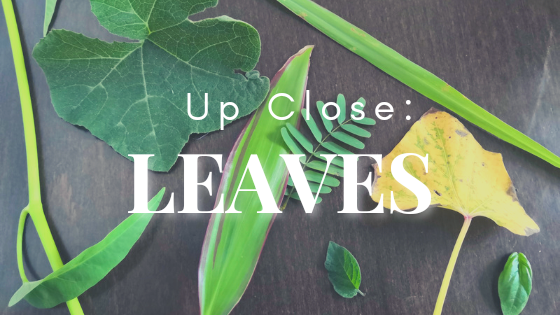
Hello everyone!
Last week, we shared how we grew little plants from flax and chia seeds. After showing you the sprouts we still had a few activities with them, like observing how they bend and follow the light, which was really amusing! The little plants were not placed directly under the light, so we could clearly observe them bending to reach for the light.
We also have added these little plants to our salads and sandwiches. They are so packed with nutrients and there's no reason not to consume them.
More Plant Lessons -- Leaves
After learning about seeds and how they become baby plants, we moved on to studying more about leaves. We collected a few leaf samples from our little garden. We found leaves of different shapes and sizes. There were leaves that were thin and long, small and round, heart-shaped, hexagon (words by Little Man), and we also found leaves that have another color apart from green.
 | 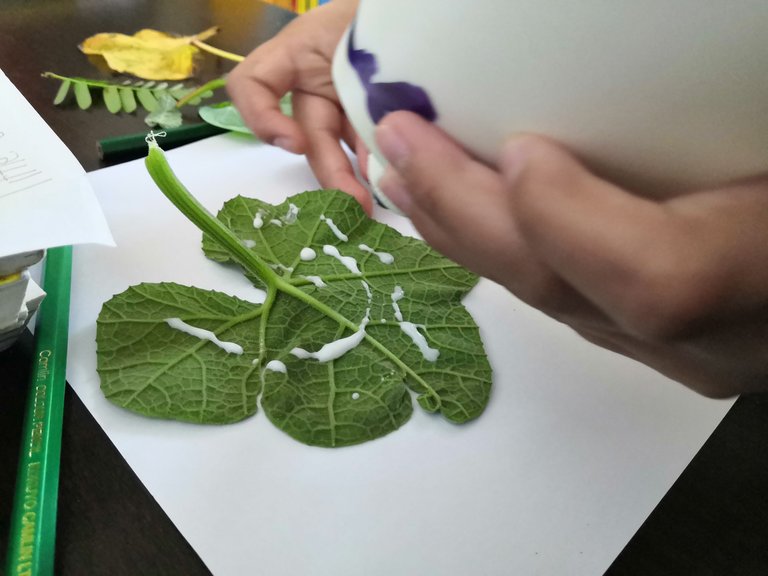 |
|---|
Leaves of water spinach (kangkong), squash, a garden plant we failed to identify, tamarind, basil, sweet potato, lemongrass, and tomato.
We proceeded to identify the parts of the leaves from what we can observe through our naked eyes. We could of course see the petiole, midrib, veins, and leaf blade. But how about the stomata and other features of the individual leaves?
So we got our little digital "microscope" to see as much details as our device would allow.
Squash Leaf
The squash leaf is rough to touch and we can actually see some small hairs on it even if we do not use the microscope. See below how it looked magnified 1600x.

We were wondering what those tiny specks were. "Bread crumbs?" Little Miss joked. They turned out to be tiny specks of dust and sand that got caught on the leaf!

Tamarind Leaves
Tamarind leaves are complex leaves - they are leaves with little leaflets. We were a bit surprised to see a hairy petiole. The leaf did not look hairy when observed with the naked eye.
You can also observe here the network of tiny veins on the small leaflet.
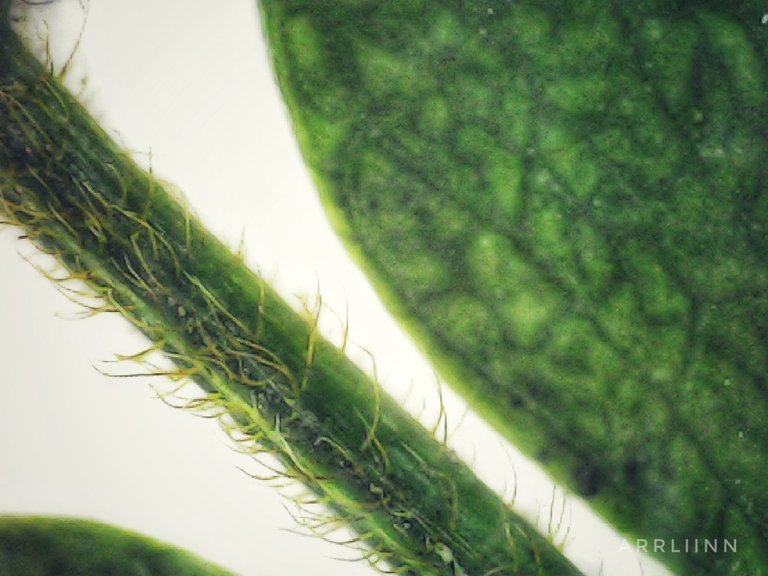
Stomata
Plants breathe too!
The stomata on the leaves of the plants take in the carbon dioxide for synthesis and then exhales the oxygen the leaves produce.
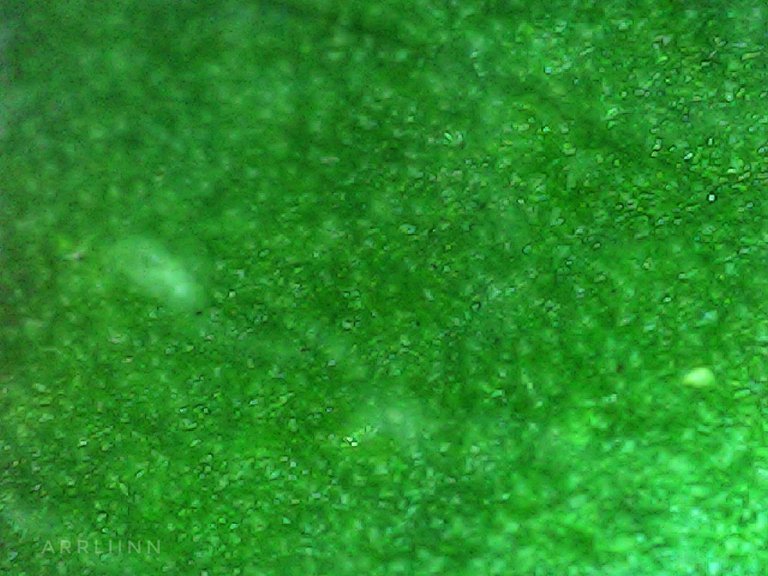
Not just green.
Leaves can have different colors, although a majority of them are green. Below is a part of the leaf from a garden plant that we unfortunately do not know the name of. I showed a photo to my mom to which she replied, "I have that in my garden." LOL, that plant literally came from her garden. The husband cut a stem and brought it back here to Abu Dhabi. It's a bit hard to take care of especially in the harsh summer here. It needs constant watering or else it would wither and die.
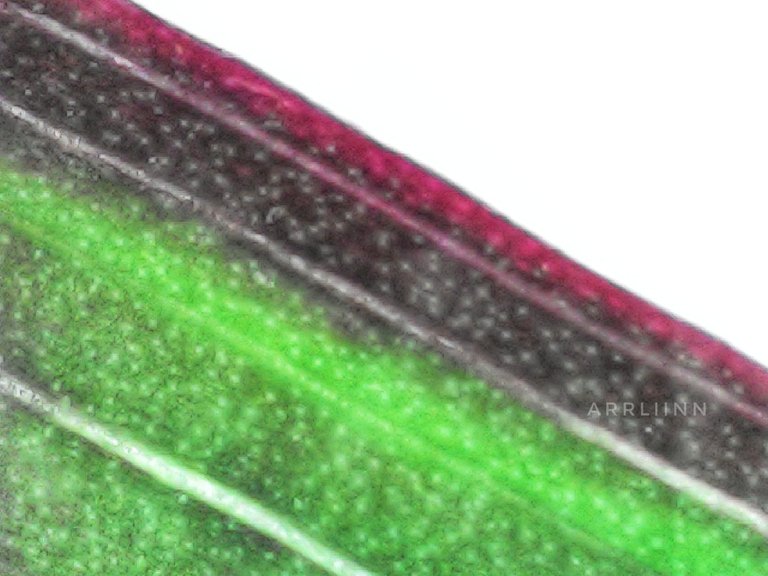
We had absolute fun observing the leaves under our "microscope". We can only imagine how much more awesome it would be if we had a compound microscope.
We captured some clips on video. I hope it gives you an insight at how we performed our little activity.


